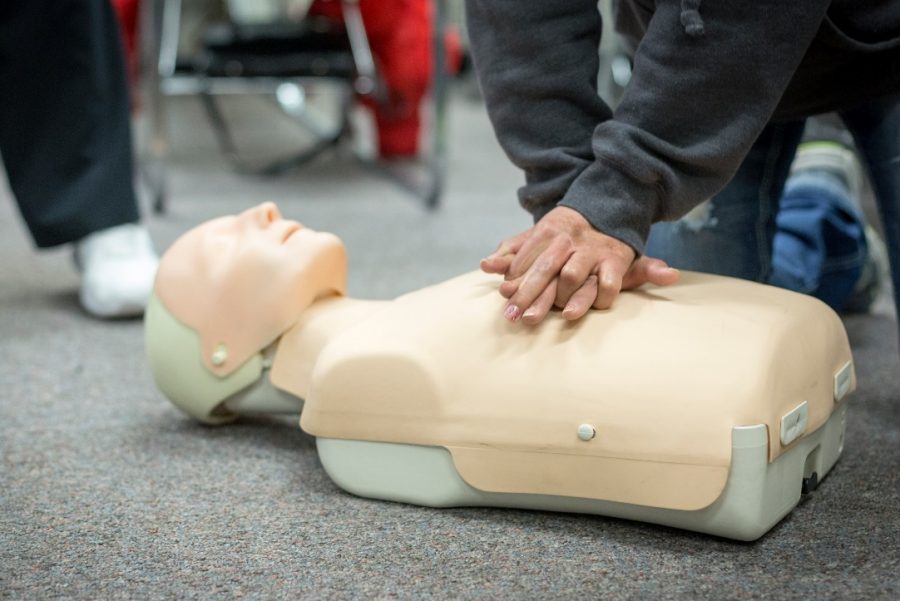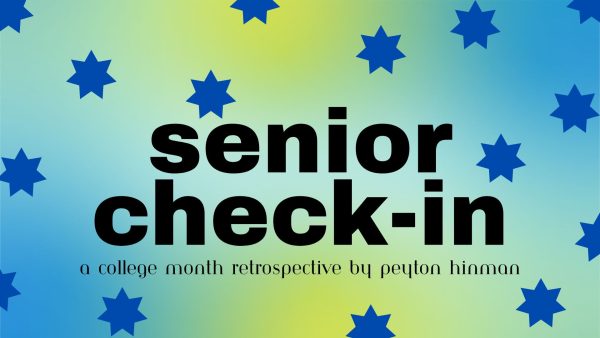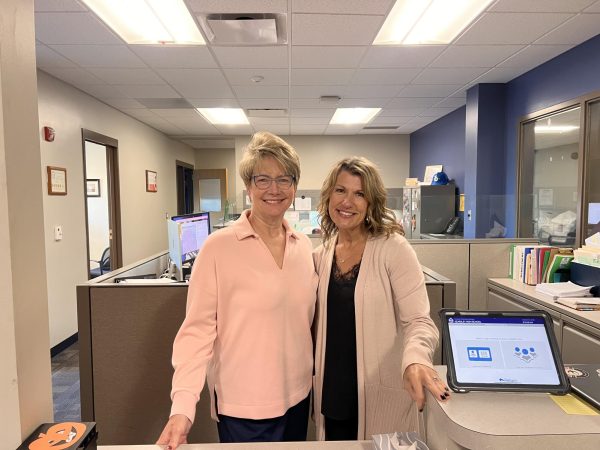Students have to learn CPR, says state Legislature
IMAGE / Courtesy of Wikimedia Commons
The “CPR in School” bill will be put into effect in the 2017-18 school year, requiring Michigan schools to teach students hands-only CPR.
Lt. Gov. Brian Calley signed the bill days before 2016 came to an end, making it law. Gov. Rick Snyder was out of the state at the time, which made it legal for Calley to sign the bill.
CPR, or cardiopulmonary resuscitation, is a lifesaving technique in which one presses on the victim’s chest repeatedly and blows air into the victim’s mouth in an attempt to restart the heart.
Because the bill only requires that students learn hands-only CPR, mouth-to-mouth CPR won’t be included in the lesson.
Mouth-to-mouth CPR involves using “rescue breaths” to resuscitate the victim.
This means if the victim still isn’t breathing after receiving hands-only CPR, you tilt the person’s head back and blow air into the victim’s mouth to make sure the lungs are getting oxygen.
With mouth-to-mouth CPR, it’s important to cover the mouth entirely and to breathe in as much air as possible.
Hands-only CPR has become the most commonly used version of the technique. It is easiest to learn, and mouth-to-mouth CPR seems intimidating for many people.
It’s hard to know if you’re doing it right, and many people don’t want to perform that kind of resuscitation on a stranger.
For hands-only CPR, The American Red Cross suggests hard and fast pushes directed on the middle of the chest at a rate of 100 compressions per minute.
Teachers and students think the bill is a good idea.
Mrs. Leah Thomas, biology teacher, thinks learning CPR is a useful skill.
“Anytime you have a large number of people together, it’s beneficial to be able to help one another,” Thomas said.
Thirty-five states and the District of Columbia already have laws ordering schools to teach CPR.
Michigan, Wisconsin, and Arizona are three states that will begin teaching CPR in schools in 2017. There are only four states in the country that do not currently have CPR instruction or have any plan to offer it.
Many schools incorporate the lesson into mandatory health classes and have teachers take courses through organizations like The American Red Cross. Kearsley schools hasn’t decided yet where or how it wants to teach the course.
“I’m not sure exactly where I want this taught just yet,” Mr. Brian Wiskur, principal said. “I taught it in my health courses when I was a teacher. It needs to be in a course that all students take. Health is one of those courses.”
Some students have already taken a health course, so they wouldn’t be able to learn CPR through the class.
Some students may be exempt from the bill, depending on what grade they’re in and if they’ve taken a health course.
“Usually, when a law is enacted, there is a grandfather clause,” Wiskur said. “For example, next year’s sophomores, juniors, and seniors have already had health. It may only exclude them.”
This may mean that only incoming freshmen and students who haven’t already taken a health class would be required to learn CPR, at least through their mandatory health class.
There’s also the decision to make on who would teach the technique.
There are certified instructors that could make presentations. In addition, there are organizations that offer courses to teachers, so teachers could eventually present CPR in classes.
Many teachers at KHS would be willing to teach CPR, including Mrs. Amy Graham, health teacher.
“I’m not trained to teach CPR, so I’d like more training,” Graham said. “But if I was teaching it, I want to teach it all (mouth-to-mouth CPR).”

Birthday: Aug. 2, 2001
Hobbies/Interests: NHS, drama club, Freshman Mentors.
Favorite Quote: "Find out who you are and do it on purpose."...







Joshua Ranger • Jan 20, 2017 at 3:52 pm
Definitely a good idea.
Angie Prescott • Jan 13, 2017 at 4:18 pm
I thnk it is a great idea to have CPR in schools. You never know when it could be needed.